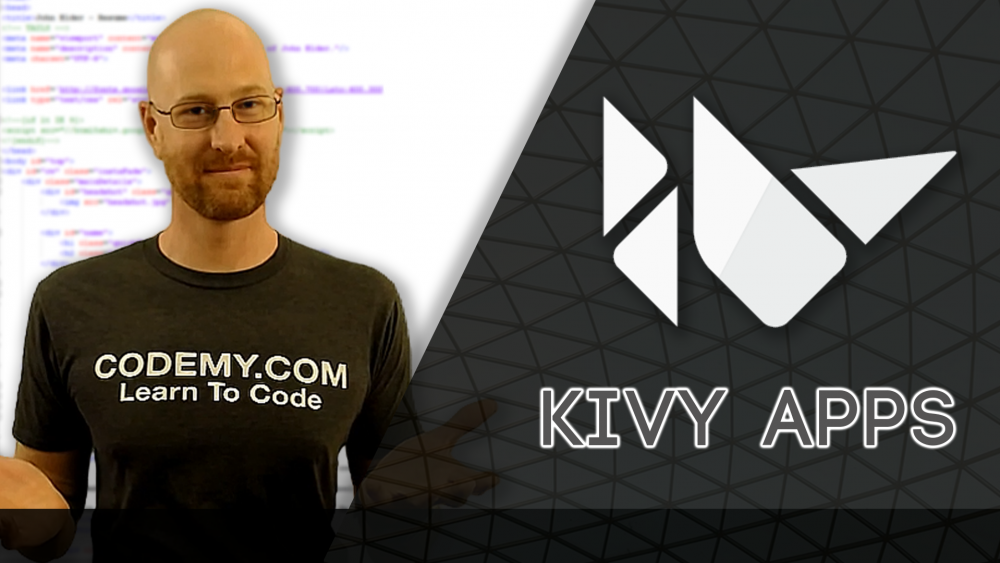In this video I’ll show you how to use popup boxes for Kivy.
Pop Up boxes with Kivy are pretty easy, but a little different than other widgets. For one thing, they need
to be defined outside your main .kv widget.
We’ll also need to use something called Factory, which allows us to name and instantiate a Class from anywhere in our app.
Python Code: popup.py
GitHub Code: popup.py
from kivy.app import App
from kivy.uix.widget import Widget
from kivy.lang import Builder
# Designate Our .kv design file
Builder.load_file('popup.kv')
class MyLayout(Widget):
pass
class AwesomeApp(App):
def build(self):
return MyLayout()
if __name__ == '__main__':
AwesomeApp().run()
Kivy Design Code: popup.kv
GitHub Code: popup.kv
#:import Factory kivy.factory.Factory
<MyPopup@Popup>
auto_dismiss: True
size_hint: 0.6, 0.2
pos_hint: {"x":0.2, "top": 0.9}
title: "This is a popup box"
BoxLayout:
orientation: "vertical"
size: root.width, root.height
Label:
text: "Something in our popup box!"
font_size: 24
Button:
text: "Close Me!"
font_size: 24
on_release: root.dismiss()
<MyLayout>
BoxLayout:
orientation: "vertical"
size: root.width, root.height
Label:
text: "Popup Stuff"
font_size: 32
Button:
text: "Popup"
font_size: 32
on_release: Factory.MyPopup().open()





Add comment